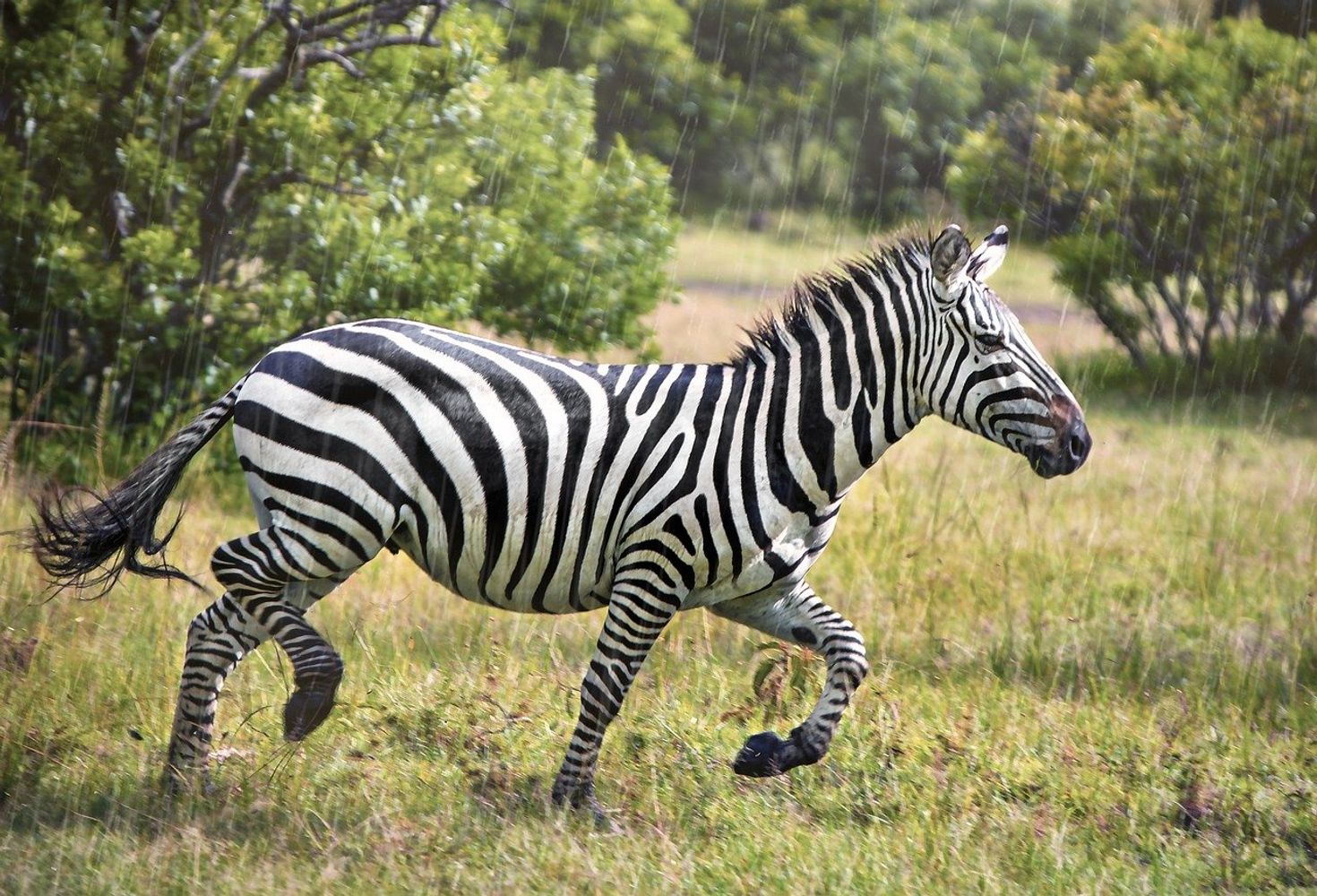Sunday, January 30th, 2022...5:26 pm
Striped Horses in Trouble!

January 31st is International Zebra Day! If it is your first time hearing of this, read on to learn more about this holiday and the role this unique animal has in the ecosystem.
According to the Nikolaev Zoo in Ukraine, International Zebra Day was initiated by conservation organizations, including the Smithsonian National Zoo and the Conservation Biology Institute, to raise awareness about the zebras’ plight to help preserve and protect this unique wildlife.
There are three main species of Zebra in Africa: plains, mountains, and Grevy’s, which are classified based on their coat pattern, social behaviour, and geographic distribution.
Plains Zebras, also known as the common zebras, are the most abundant of the three species. They are characterized by thick stripes that run down their bellies, and they inhabit the savannas of East and South Africa. Unfortunately, they are now extinct in Burundi and Lesotho.
The Mountain zebras have a similar coat pattern to plains zebras but with a white underbelly. These zebras have historically resided in mountain grasslands in southwestern Africa, from the southern parts of Africa through Namibia and into southwestern Angola. Today, the surviving subspecies, Cape Mountain Zebras are only found in the Mountain Zebra National Park, Gamka Mountain Reserve, and Kamanassie mountains in South Africa. The second subspecies of mountain zebra, Hartmann’s Mountain Zebra, are distributed in four populations across Namibia and three conservation areas in the Northern Cape, South Africa.
In the 1930s, the Cape Mountain Zebras were hunted to near extinction down to a population size of about 100. Later in 1998, the population grew to an estimated 1,200. Since then, there has been a steady increase in the population to 1,389 in national parks and nature reserves.
Grevy’s zebras, however, have suffered the most significant reduction in Africa. They are now mostly restricted to areas in the Horn of Africa, specifically Kenya and Ethiopia, and are extinct in Somalia and Sudan. Distinguishably different, Grevy’s zebras have thinner stripes and a white underbelly.
Despite their differences, they are affected by human activity throughout Africa similarly. Zebras were and still are, hunted for their meat and distinctive skins. They are losing their habitat due to the spread of civilization throughout Africa. This human expansion has caused a loss of grazing and water holes to agriculture and livestock, making it more difficult for zebras to access food and water. Poor access to food and water sources results in many creatures flocking to a single water hole in a particular area, increasing disease transmission amongst zebras. Furthermore, climate change has worsened the frequency and duration of droughts, another threat to the species.
While Plains zebras are classified as “near threatened” on the IUCN’s Red List, Mountain zebras are marked as “vulnerable” and Grevy’s zebras as “endangered”.
So, you may ask, why should this matter? Well, zebras are unique animals not only in their physicality but in the role they play in the ecosystem.
These majestic striped horses graze on rough vegetation such as dry grass, leaves, and twigs. By feeding on the low-quality plant matter, they reduce old-growth and clear the course for new leaves and grasses, increasing the quality of the vegetation for other herbivores.
Fun Fact:
Zebras are hindgut fermenters and can digest the rough low-quality forage through this process, allowing them to extract more nutrients out of small quantities of feed.
Moreover, zebras are an important food source for many African carnivores, with about 30% killed by lions and hyenas. In return, these carnivores help reduce the zebra population and remove the sick individuals, which would otherwise overwhelm the food resources in the region and spread disease amongst the herd, respectively.
Zebras also serve as insect population controls as they consume pretty much the same plant matter as insects. Without large herbivores like zebras, the insect populations would increase significantly, which can cause problems for farmers. Insect predators such as reptiles will also increase where insects reside.
Hope this gives you a glimpse of wildlife and that you have grown to appreciate the importance and uniqueness of zebras!
Sources:
Leave a Reply